
Recognizing & Expressing Big Feelings
Help your child to understand his big feelings.
Here are some ways to help your child recognize and express big feelings:
- Books can be especially good for helping kids learn emotions (though you’ll want to try this strategy when kids aren’t mid-tantrum)! While reading, point out and name different feelings. You can say, “That boy is really angry. Grrr!” Or, “It’s so frustrating when you’re trying to tie your shoelaces and you can’t quite get it.” Or, “That girl is disappointed that the rain ruined her family’s picnic.”
- Remind kids to use words to express themselves. Rather than throwing something, encourage them to say, “I’m mad,” or “Can you please help me?” Labeling feelings is a step toward greater maturity and self-control.
- Offer empathy. Sometimes all that’s needed is for kids to know they’re being heard. For example: “I can see that you’re feeling sad,” or “It’s hard to wait your turn, isn’t it?” It’s also a good way to model using words, not actions, to express difficult emotions.
- When the strongest feelings are gone, help kids move on. Encourage them to take a few deep breaths or do a big whole-body stretch. Then suggest a new activity. Sometimes a bit of humor helps, too. Being able to move on—resilience—is a key life skill that you’ll be helping kids develop.

Mindful Caregivers
Practicing mindfulness is a great way to slow down and reset.
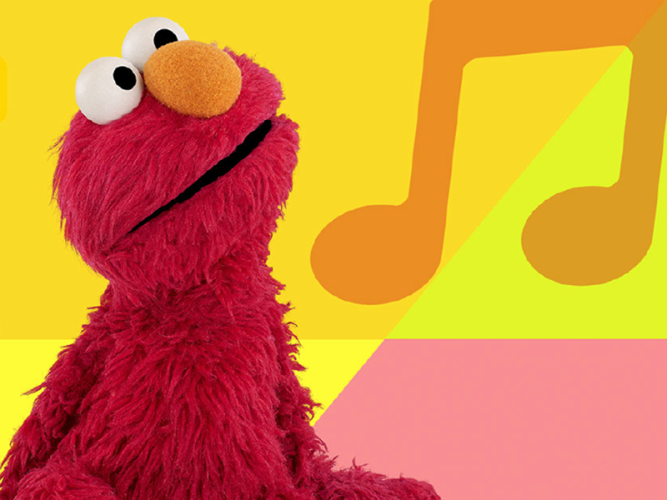
Mindful Monsters: Whole-Body Listening with Elmo
In this podcast, Elmo practices whole-body listening.
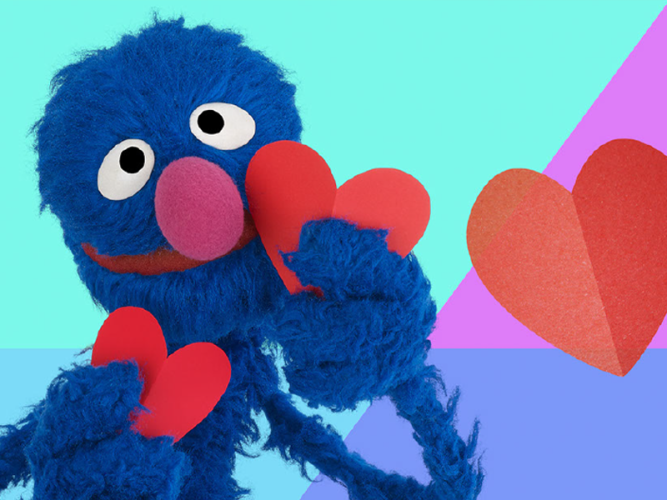
Mindful Monsters: Self-Love Mantras with Grover
In this podcast, Grover shares some mindful mantras.

Mindful Monsters: Look and Notice with Cookie Monster
Cookie Monster helps children practice mindfulness by looking and listening carefully to their surroundings.
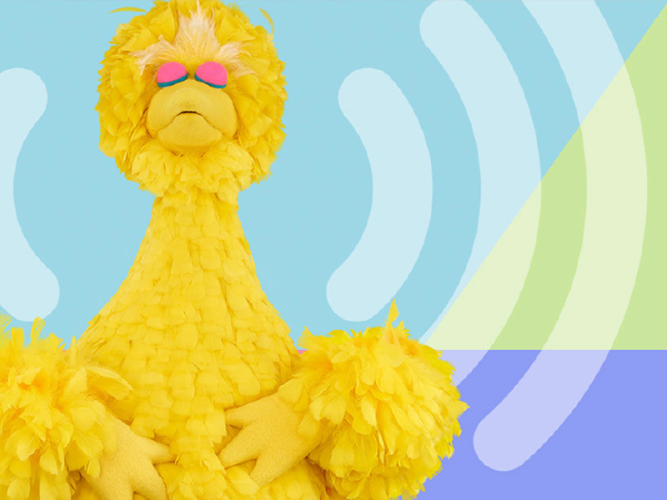
Mindful Monsters: Body Scan with Big Bird
In this podcast, Big Bird guides children through a mindful body scan.
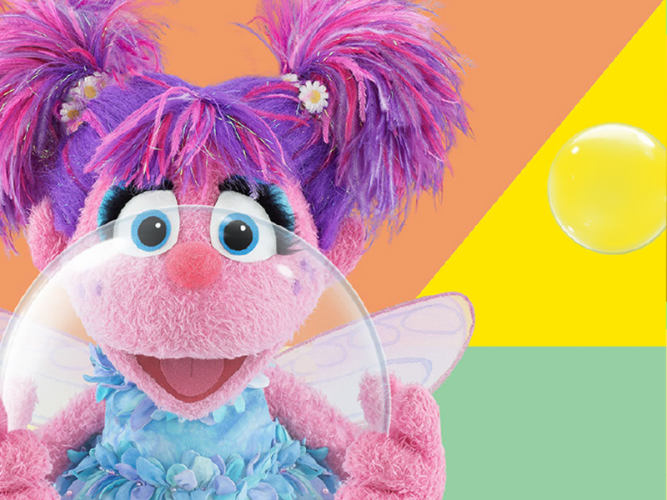
Mindful Monsters: Bubble Breathing with Abby Cadabby
In this podcast, Abby Cadabby guides children through a bubble breathing exercise.
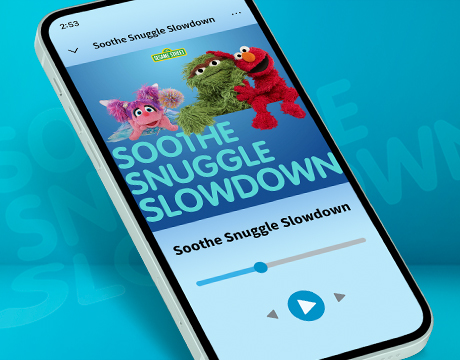
Soothe Snuggle Slowdown: Songs and Strategies for Restful Sleep
This curated playlist helps little ones (and their tired grown-ups) relax and unwind! A mix of mellow tunes sets the mood for naps, bedtime… or just some much needed down time.
